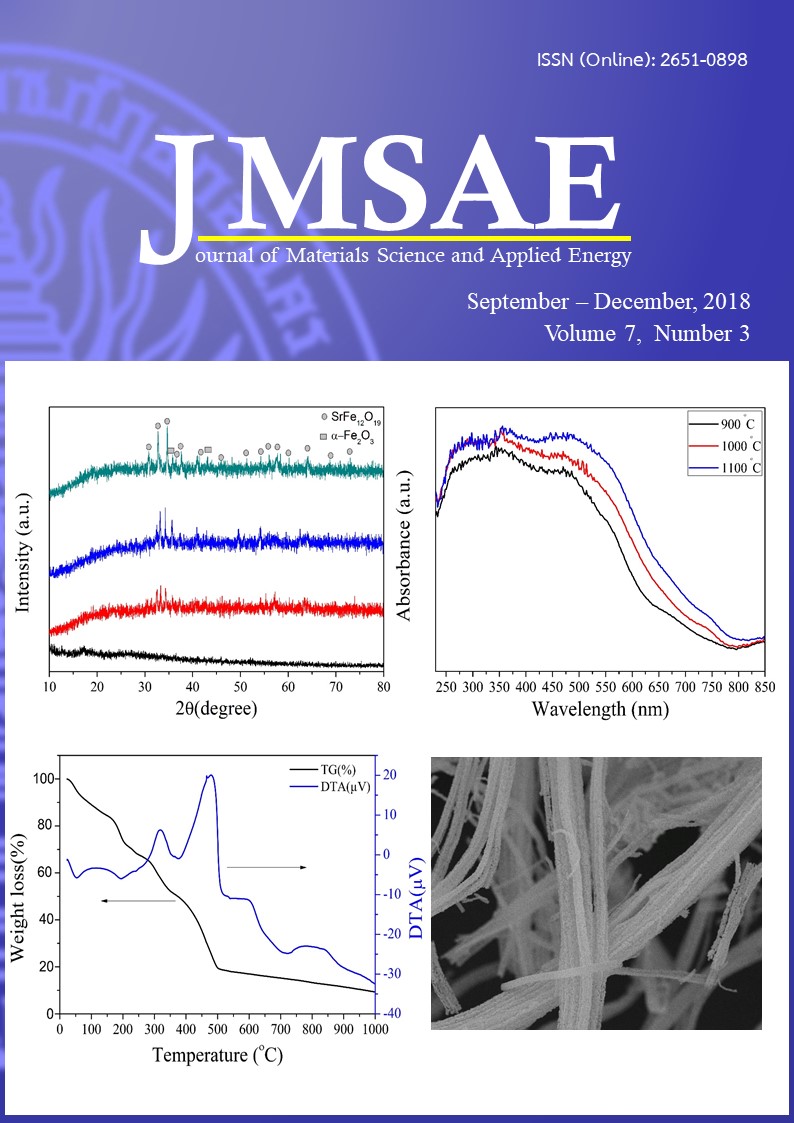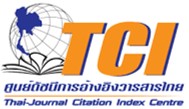Investigation of Parametric Effects on Fuel Characteristics of Biochar Obtained from Agricultural Wastes Pyrolysis
Keywords:
Biochar, Alternate solid fuel, Agricultural wastes, PyrolysisAbstract
Development of agricultural waste to biochar is significantly utilized as alternate solid fuel because of its advantages as availability, low cost and eco-friendly material. In this study, we explored the effect of temperature, ramping rate, and feedstock types on the physicochemical properties of biochars. Biochar was produced from corn stalk, cassava cake, and pineapple residue by using pyrolysis at temperatures of 400 and 600 ºC with ramping rates of 7 ºC min-1. The crucial parameters as temperature revealed that the fuel properties were obviously developed under a high temperature condition showing that the HHV of biochar is approximately 27.8 MJ kg -1, whereas ramp rate showed insignificant development of biochar fuel characteristics. However, the resulting biochar has a low ash content ranged around 4.7 - 8.9%. This finding indicated that increasing pyrolysis temperature could be developed the fuel properties of biochar.








